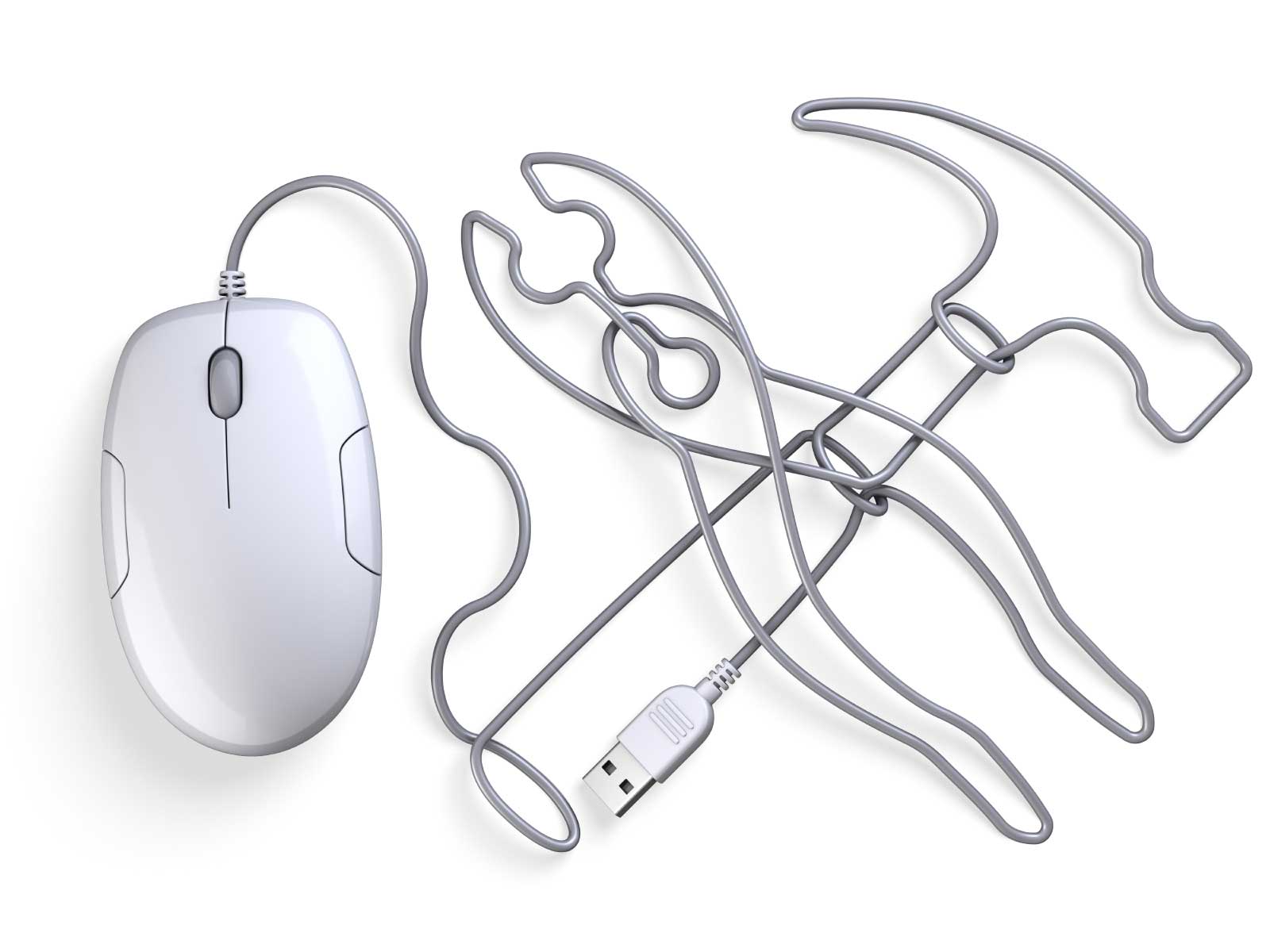5 Meaningful Ways to Leverage the "MakeyMakey" in Your Teaching
By
Ramsey Musallam
published

* Click here if your are not familiar with the MakeyMakey
- Rather than simply developing video game controllers, empower your students to use the MakeyMakey to create Assistive Technology for individuals with various physical disabilities (Quadriplegia, Cerebral Palsy, etc.) . Click here for an example of a MakeyMakey based Assistive Technology project I implemented in my classroom last school year.
- Rather than building a model of the Cell, for example, out of poster board or styrofoam, combine the Scratchprogramming interface, and the MakeyMakey, to create an interactive cell with touch activated organelles that inform the user of structure and function. Click here to view and Instructable of a MakeyMakey interactive cell created by one of my 9th grade biology students (just one, of many possible Scratch-MakeyMakey projects).
[Flipped Learning: From Early Adoption to Critical Revision]
- Because the MakeyMakey is an extension of a keyboard, controlling only screen outputs (video games, etc.) is an obvious product limitation. Because the wireless mBot can be sent RC keystroke commands directly from a computer via the mBlock software, the MakeyMakey can be used to intercept commands, and thus, used to create unique RC systems. Click here for an playlist of examples from my recent Science Camp.
- Although easy to use, the simplicity of the MakeyMakey can force and over emphasis on discussing material conductivity and circuits, rather than the architecture of the Arduino Leonardo microprocessor and pull-up resistors, that form the foundation of the MakeyMakey. Click here for a past post I made about leveraging the Arduino Leonardo to instill a deeper understanding of the Arduino and MakeyMakey.
- Much like the "Interactive Physical Model" application described in #2, leveraging the MakeyMakey to facilitate tasks in the physical world is a powerful application of the device. In my chemistry class I challenged students to create titration drop counters using Scratch and MakeyMakey as a way of learning more about the titration process and volume calibration. Click here for a post a I made about the drop counter activity.
cross posted at www.cyclesoflearning.com
Ramsey Musallam teaches science and robotics at Sonoma Academy in Santa Rosa, California, with the aim of fostering inquiry-based learning environments fueled by student curiosity. He presents widely on sparking student curiosity and teaching with technology. Musallam is a Google Certified Teacher, a YouTube Star Teacher, and a Leading Edge Certified Teacher. Watch his TED talk here and read his blog at www.cyclesoflearning.com.
Tech & Learning Newsletter
Tools and ideas to transform education. Sign up below.
TOPICS
MORE FROM TECH & LEARNING...
